
On this, the darkest day of the year, I thought it would be fitting to share the best ways to get the sunshine vitamin – vitamin D – in winter when there's not much sun to be had. Even as I sit mid-day in Southern California, the sun is low and weak, not a great generator for vitamin D in winter. So in order to stay healthy through cold and flu season my family and I make sure to supplement with non-solar sources.
Until recently, vitamin D has been an under-appreciated nutrient, but in the last several years, research as well as empirical evidence has been showing that vitamin D is essential for immune health, hormone function, healthy bones and teeth, and even cancer prevention. And while it is believed that the human body synthesizes vitamin D best through regular sun exposure, even with your best efforts it is difficult to get enough D-generating sunshine during the winter months in most parts of the Northern Hemisphere.
You can read more about vitamin D, it's health benefits, and sunshine here. Aside from moving to the tropics, here's…
5 ways to get your daily dose of vitamin D in winter…
Cod liver oil (CLO)
Unlike regular fish oil, cod liver oil is naturally rich in vitamins A and D. When you choose a minimally processed cod liver oil, you get the benefit of these nutrients as nature designed them. This means they're more bioavailable and easier for your body to use.
Consequently, the daily dosage is much lower than if you were supplementing with synthetic vitamin D.
Most commercial cod liver oil (including well-respected brands like Nordic Naturals and Carlson) have been over-processed and have synthetic vitamins D and A added back in the improper proportions.
In light of this, I recommend extra virgin cod liver oil. Unfortunately, this supplement is not currently available in health food stores, but you can find it here.
For those who are a little more sensitive to the fishy taste of CLO, you can get extra virgin cod liver oil capsules here.
Lard from healthy foraging pigs
This may come as a surprise: After cod liver oil, lard is the second best source of vitamin D.
The key is getting lard from pigs that haven't been factory raised, have spent time outdoors in sunshine, and have eaten a healthy diet. Good quality bacon and bacon grease is a great gateway into the wonderful world of lard. And when you're ready to branch out, try this ahhh-maz-ing recipe for carnitas.
Oysters
6 oysters contain an estimated 270IU of vitamin D, but keep in mind that your body is able to use nutrients from food with far more ease than from supplements. And oysters are oh-so-good!
Fish roe
You know those tiny orange things you get with sushi that have a salty flavor that bursts in your mouth? Packed with D. One recent study showed a single tablespoon of roe to contain 17,000IU of vitamin D!
Vitamin D3 supplement
While it is optimal for you and your family to get vitamin D through food based sources, in particular cod liver oil and lard, there are instances when my patients or I use a vitamin D3 supplement – such as a rare sensitivity to CLO, a super picky child who can't swallow capsules, or in the case of an oncoming cold or flu.
The Vitamin D Council and other experts recommend an average of 35IU per pound of body weight per day for those with normal levels and states of health. In the case that one is getting a cold or flu, it is suggested to take a super-high dosage for no more than 3 days. This dose is 900IU per pound. Remember, it is recommended to take this for a short period only.
*Be sure to check with your health practitioner before trying this or any other new health regimen. Choose a vitamin D3 that delivers 2000IU per drop for adults or 400IU per drop for infants and small children.
You can find vitamin D here. You can read more about adequate levels of vitamin D and supplementation here.
How NOT to get vitamin D?
Multi-vitamins – Most aren't bioavailable or even the right type of vitamin D, as you need vitamin D3 rather than vitamin D2. And almost none have adequate vitamin D.
Breakfast cereal – There are many reasons to skip the cereal. But when it comes to vitamin D, for the same reasons as multi-vitamins it's a waste of time, money, and a dirty bowl.
Fortified milk (or orange juice) – The milk and juice industries have most Americans tricked into thinking their drinks have them covered. They don't. See the same reasons above.
Cod liver oil that does not have vitamins A and D in the correct proportion – Spend the extra effort on sourcing minimally processed cod liver oil.
Tanning beds – I have some conflicting opinions about this one because I think that individuals with poor gut absorption or Seasonal Affective Disorder can benefit from making vitamin D in the winter months with tanning beds that have UVB rays.
At the moment, however, I must suggest that you use caution: nature did not intend for humans to sit in an electrically charged box. I think the risks of x-ray and EMF (electromagnetic fields) in tanning beds outweigh the benefits.
Wishing you a warm, bright, and healthy winter!
image credit: sapienssolutions


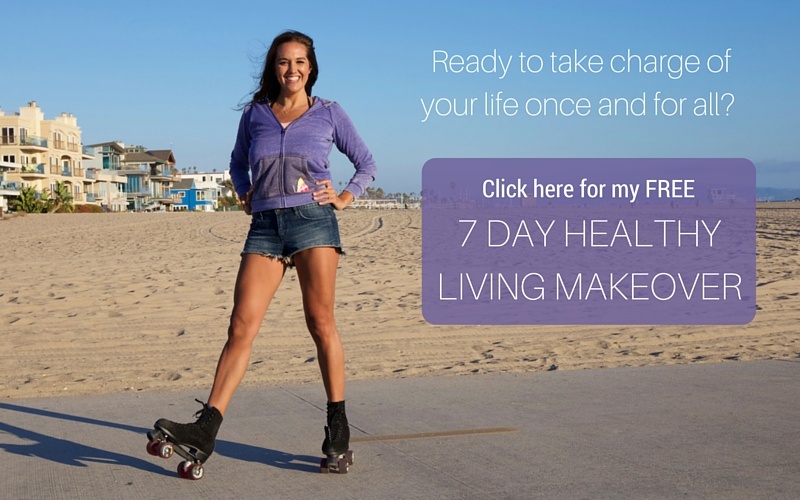
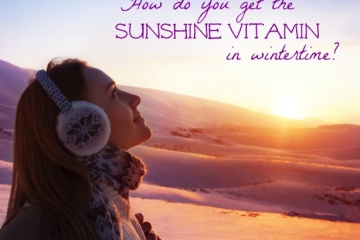
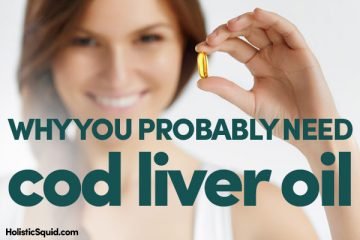
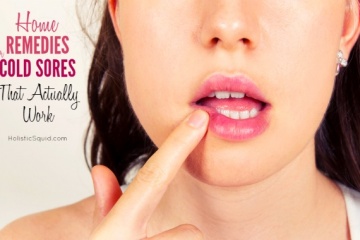
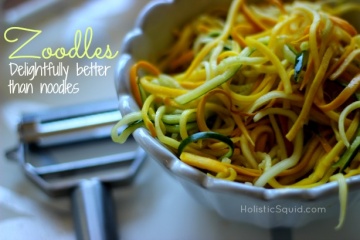

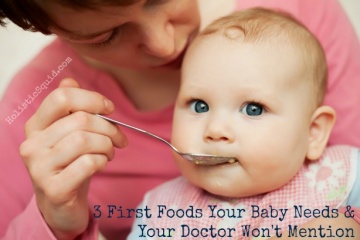
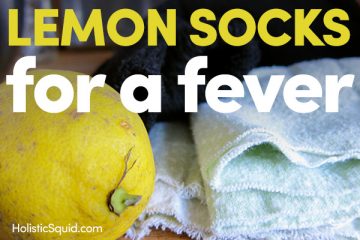
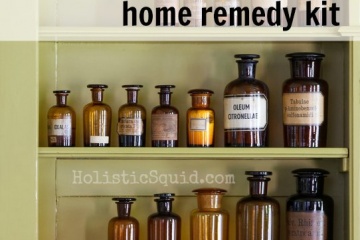
Great tips! We take fermented cod liver oil/butter oil blend and also blend a little roe into our smoothies 4+ times a week. We use lard too. I wonder if grass fed tallow contains Vitamin D?
Tiffany – Great question… I will look into this, though I have to admit, I don’t enjoy the taste of tallow as much as lard.
For people who are wary of roe, I can heartily recommend salmon roe. It tastes just like salmon! YUM! We take fermented CLO and I encapsulate butter oil that I make at home from cows eating May through August grass. It’s a double whammy of bioavailability!
The doctor was appalled when he measured my mother’s vitamin D level and found her critically low after a bout of breast cancer. Good thing I told her to get it checked! I only wish i’d known sooner.
Thanks, Peggy! I will have to try salmon roe. I am so impressed with making your OWN butter oil caps!
Great suggestions. I STILL have not had much luck finding pastured lard in my area. It always sounds so good to me, my body must be telling me something….
Kendahl – Can you get good bacon? We save all of our bacon grease and use that for cooking. One of my favorite local farmers – http://www.bestbeefever.com – also sells online. I’m sure you could get lard from them if you emailed….
I have always wondered if you can get any vitamin D from sunlight if you are indoors next to a window. I figure that you could, since plants in greenhouses get adequate sunlight for photosynthesis that way. Just a thought.
Hi VK – no, unfortuntely glass blocks ultraviolet B (UVB) radiation which is the type that stimulates vitamin D synthesis by the skin.
I am diabetic and my doctor regularly tests my “D” level. It is usually 1 but it has been as high as 7. The levels are supposed to be between 40-90 +/- I wondered about that too because I am drive a lot. Apparently shade blocks the necessary rays for Vita D.
I’ve been looking into vitamin D for a while, and it never occurred to me until this week that my mom and grandmother are almost certainly deficient. Both have compromised health; my grandmother can’t leave her room, except for special occasions. (And those take half the day to get her moving, and leave her very tired.) My mom does get out some, but not very much.
Thanks for this; my mom has agreed to take D3 drops, and sneak them into my grandma’s drink. (She can be very difficult about medications . . . ) Hoping to get them a little stronger before flu season hits in earnest!
I just went to a naturopath Monday, she said I need to supplement vitamin d. We drew blood to see just how low I am. I hate supplementing, and I kind of wish I understood which vitamins are created decently. I dont want gmos, junk and all that nonsense. How do you pick a decent vitamin?
something i think also very important to note (i just learned this last year) that above a certain latitude, even when exposed to direct sun, during a large portion of the cooler months there are little to no UVB rays in the sun’s ray s to create vitamin d. in those months it is essential to find other ways to get your D! thanks for posting! i ate a diet super rich in D foods for many months and retested after previous low number and still tested low. i am now trying to supplement with magnesium oil to see if that was the missing link!
you couldn’t be more wrong about tanning beds-there are no x-rays in tanning beds -its a common misconception but completely false -also the highest vit. d levels are found in outdoor workers and the 2nd highest, in indoor tanners-uv is uv is uv-all you’re getting in a tanning bed is uvr(uva+b)-it is the sbsolut best way to get a base tan to prevent burning in a controlled environment and to get uvb in winter months-moderation and burn avoidance is the key
Hi, excellent advice here except for the tanning beds, commercial solarium’s have been banned here in Australia after extensive research which showed the high levels of UV radiation increase Melanoma.